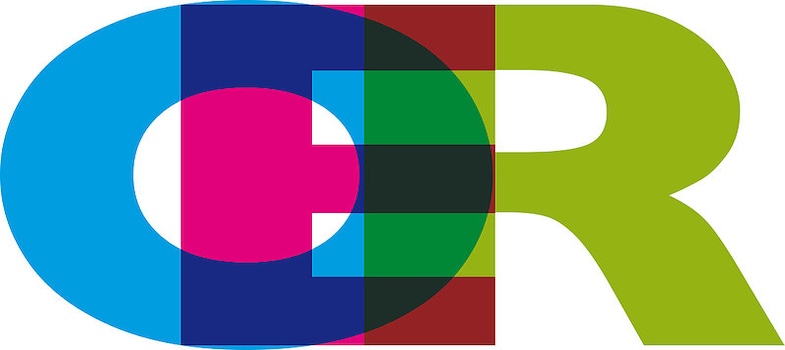4.3 Evaluating OER
One of the main challenges connected with using OER is finding high quality resources. Just as anyone can share their work on the Internet, anyone can share an open educational resource. While some OER collections (e.g. Merlot) have a peer review process to help establish the quality of a resource, others have no such filtering process. So, while there are many very high quality OER there are also resources that are out of date, inaccurate and badly designed.
When evaluating OER you should ask the following questions:
- Is it relevant to my topic: It is important to check if the resource covers the subject you're researching or teaching about.
- Is it appropriate for my target audience? Consider whether the content is of a suitable level and also whether it’s culturally appropriate.
- Who is the author of the OER and are they credible? You should confirm the identity of the author or institution responsible for producing a articular resource, perhaps by looking for their institutional profile or other work they’ve published online. This can help to ascertain their credibility.
- Is the resource accurate and error-free? As with any online resource or website, you should carefully check and validate the accuracy of the information provided. Also, check if there are typos, spelling errors, or grammar issues. If there are, this may be an indication that the resource has other weaknesses. Further, consider whether the resource is likely to be free from bias. Ask yourself whether the author is likely to have an ulterior motive for creating the resource (for example, promoting a paid-for product). Cross-check for errors to ensure reliability.
- What license does the resource have and what does this allow? You should check whether the resource is licensed under the Creative Commons (CC) licensing system and understand the nature of any license and restrictions it carries (if any) before using or adapting the resource.
- Is the resource accessible in mutiple formats? The importance of this criterion will vary depending on how you intend to use a particular resource. However, it’s usually a good sign if a resource is available in multiple languages, or in different formats. Consider accessibility-related aspects of the resource. If it’s a video or audio file, are there accompanying captions and a transcript? As most OER are available online you could use a tool such as WebAim: WAVE Web Accessibility Evaluation Tool to help you conduct your evaluation.
Strategies for evaluating websites more generally will also be helpful for evaluating OER. Mike Caulfield’s open textbook Web-Literacy for Student Fact Checkers is a great place to start when evaluating OER. If you’re an educator, it’s a good idea to share this with your students too.
This Google document gives a simple rubric for evaluating OER.
